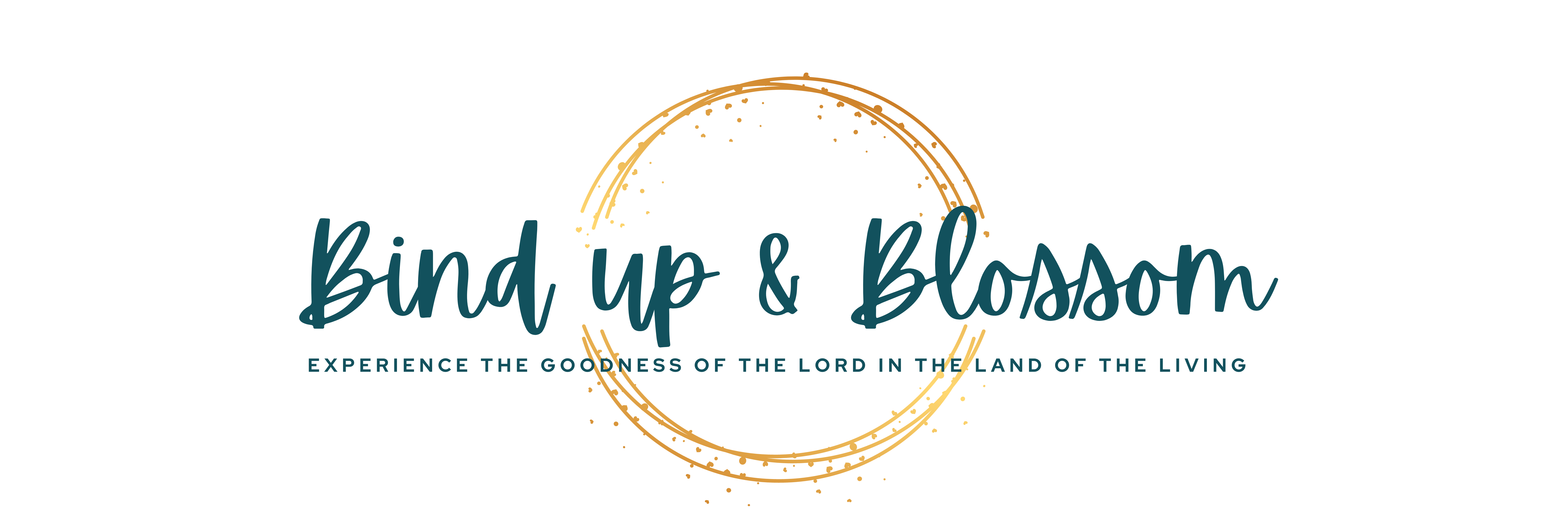I did not model imaginative play to my son or inspire him into inventiveness. Creativity just flowed naturally out of him at thirty-six months old. Rather than building the towers depicted on the box, he places his blocks in a single layer radiating out like a mosaic across the floor. When we can’t find his toy airplane, he wedges a cardboard scrap between the cab and bed of a pickup and flies it instead.
Adults do not teach children creativity; we teach them structure and in the words of Sir Ken Robinson, we often educate creativity right out of them. Parents gently correct kids’ opinions or simply load them with too much instruction. “Apple starts with A” or “This is a square” is beneficial. But “No, this song is not sad” or “Draw your snowman like this” can be stifling. If we do not guard our tongues, we can inadvertently limit our kids’ capacity with the very words that we think are helping them.
Creativity then is not so much learned as unlearned. After tiptoeing through years of well-meaning correction and red ink, both children and adults cower for fear of being judged or called wrong. Kids need our encouragement and affirmation of their creative efforts, not our tweeks.
What else can we do in addition to encouraging their creations? Be brave for them. Dance with them. Sing in front of them. Make up stories for them. These activities can release you from the impervious walls of your own comfort zone.
Young kids are great guinea pigs on whom to practice your storytelling skills. They haven’t any background knowledge about the modern interpretation of plot development. They won’t refer back to a selection of best sellers to compare your work to anymore than they would compare your clumsy tap dance routine during the credits of the Disney movie, Brave,to the genius of River Dance.
Young children with eager ears and zero expectations will not boo you away from their bedside. Make up a story on the fly. You will be surprised by how enthralled a 3-year-old can be at the tale of Dusty Crophopper rescuing Todo from Ursula the Sea Witch in a monsoon. Or of dragons helping a bulldozer with their daily work. You can even sneakily toss in a moral to the story if one comes to you. For instance, the bulldozer can thank the dragon thus teaching gratefulness. Or make your children characters in your story who explore, rescue, build, help others, or overcome impossible odds heroically.
Tell a story and when you overcome those old looming barriers, you can enjoy a newfound freedom and confidence. We are made in our creator’s image, so it comes as no surprise that we feel closest to God when we are being creative.
What do you desire to do? Do you want to try hip hop dancing, start an art journal, write poetry, sew a skirt, paint, play an instrument or pull off wearing those artsy glasses? Your creation does not have to be perfect. You will not receive a grade. Don’t worry about impressing your kids; focus on making a more lasting impression on their personal development by cultivating their confidence.
Bravery begets bravery. Let’s be bravely creative and raise up our children to do likewise.
Disclaimer: By promoting free thought in creativity, I am not advocating immorality, relativism, or time tested positive social constructs. Teach children the truth every opportunity you can and guide them toward the fruits of self-control and wise evaluation.






